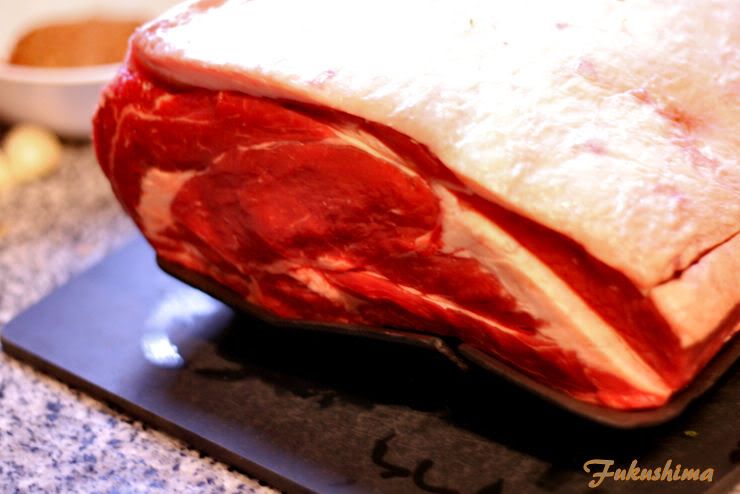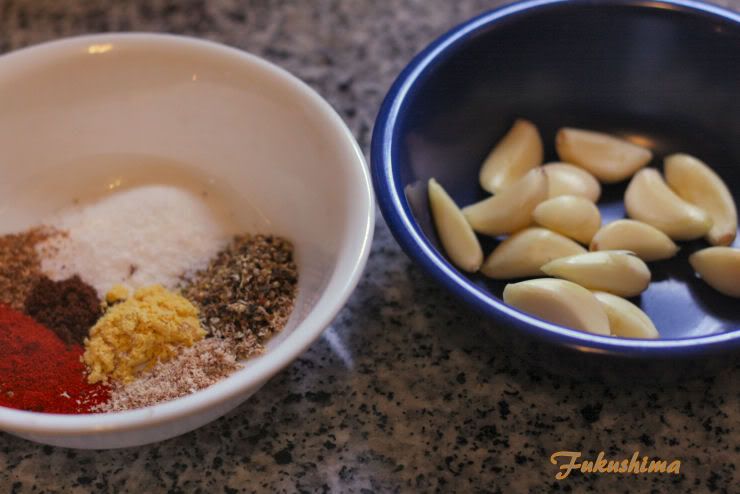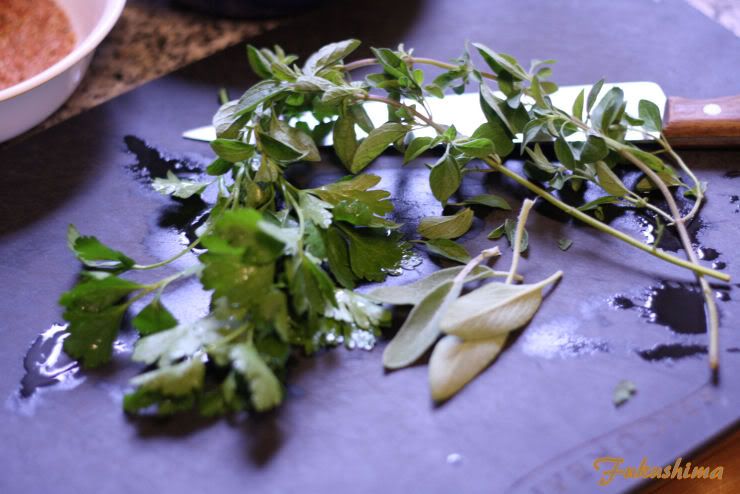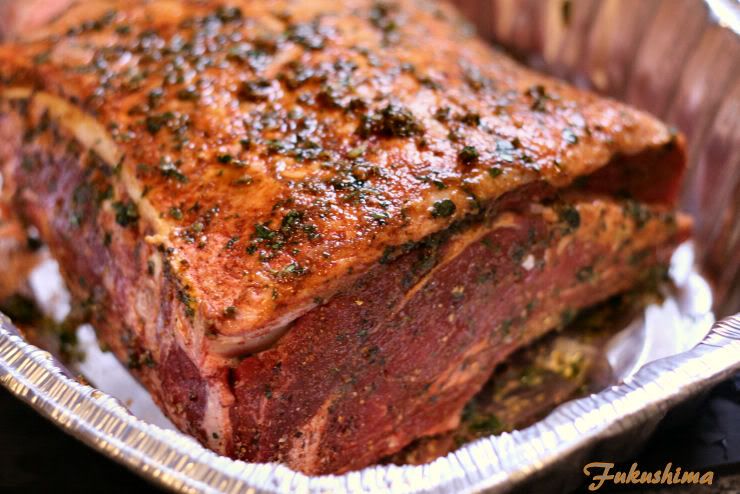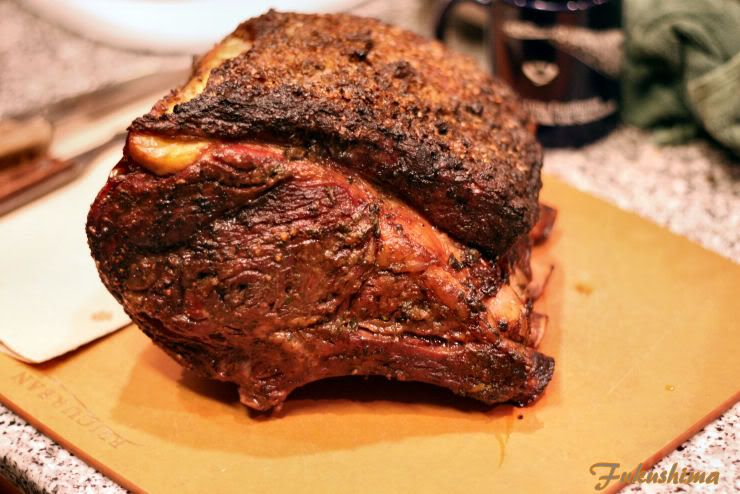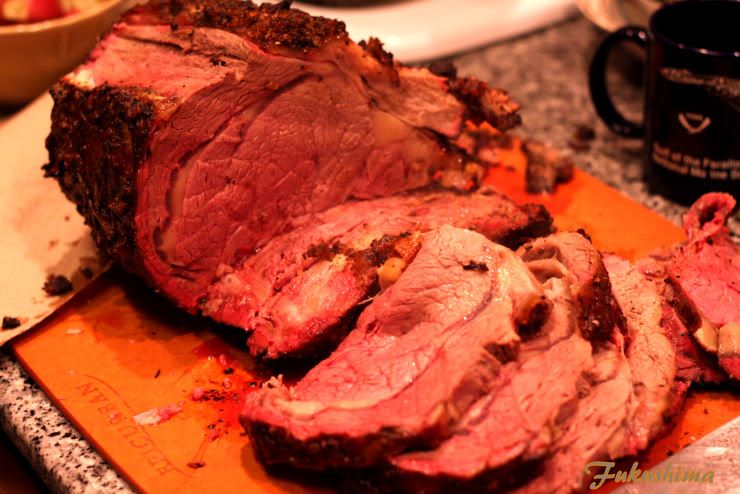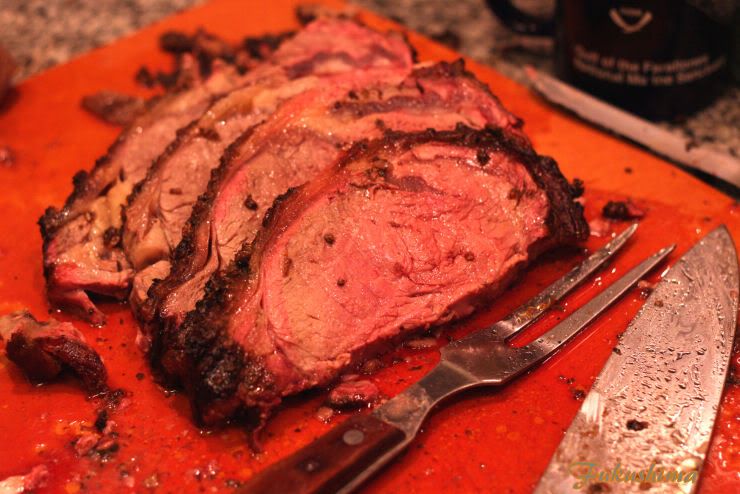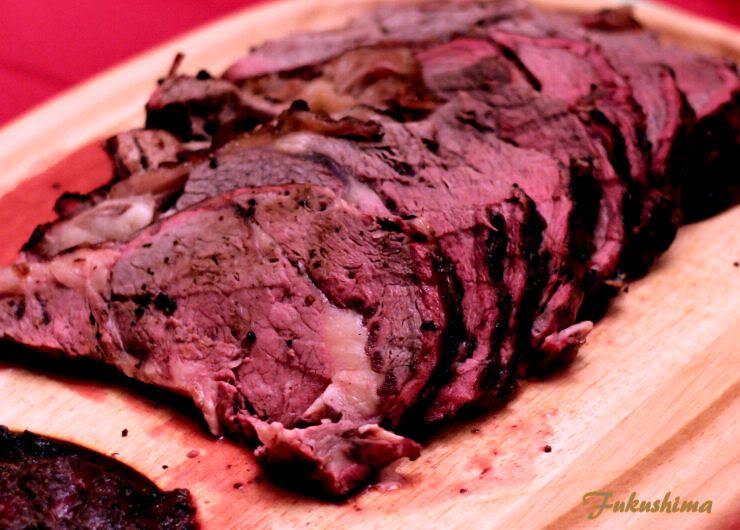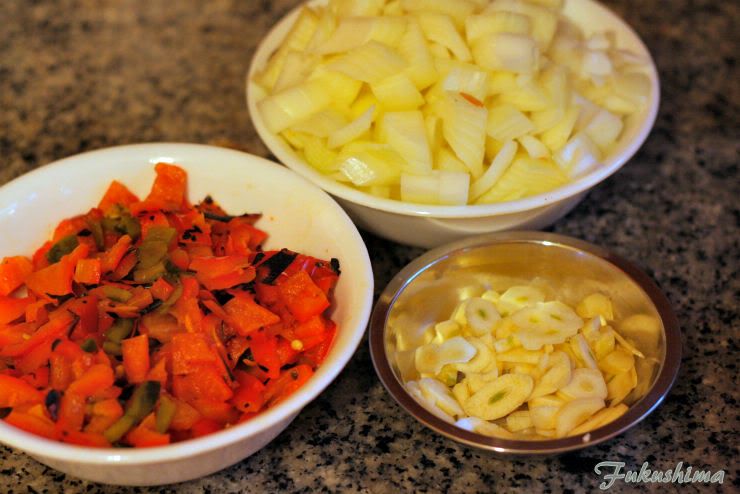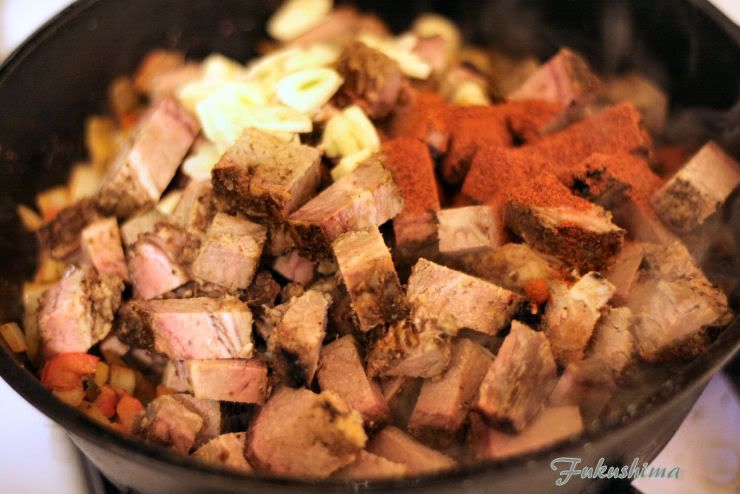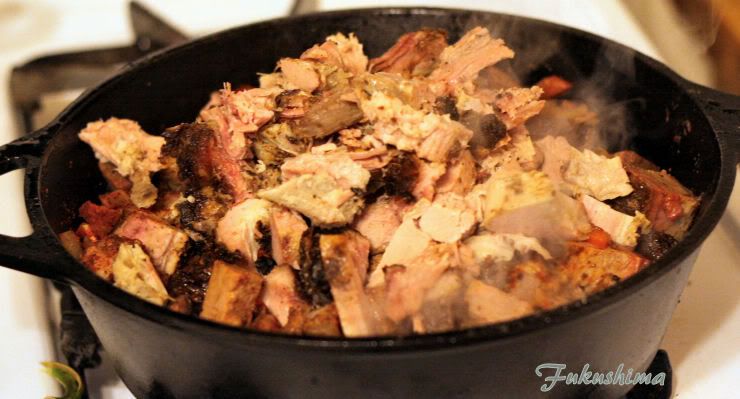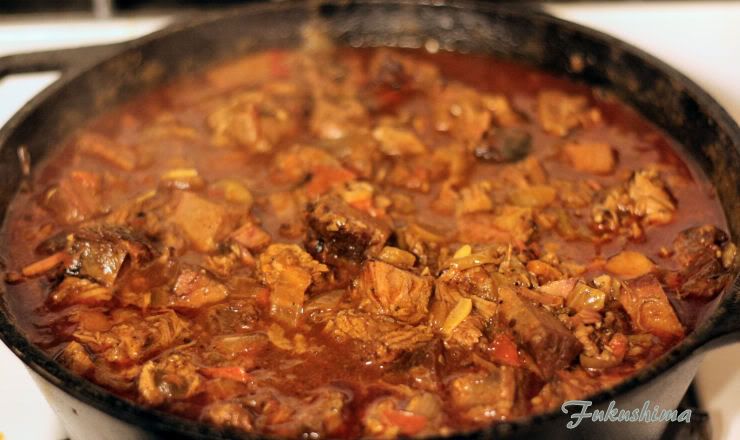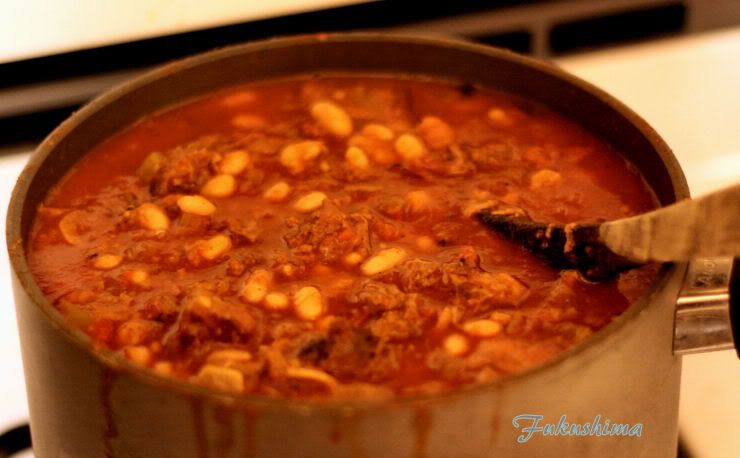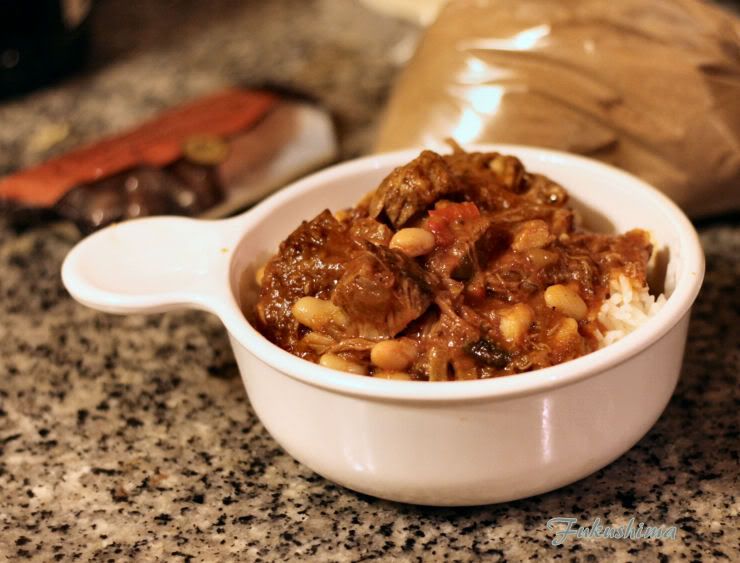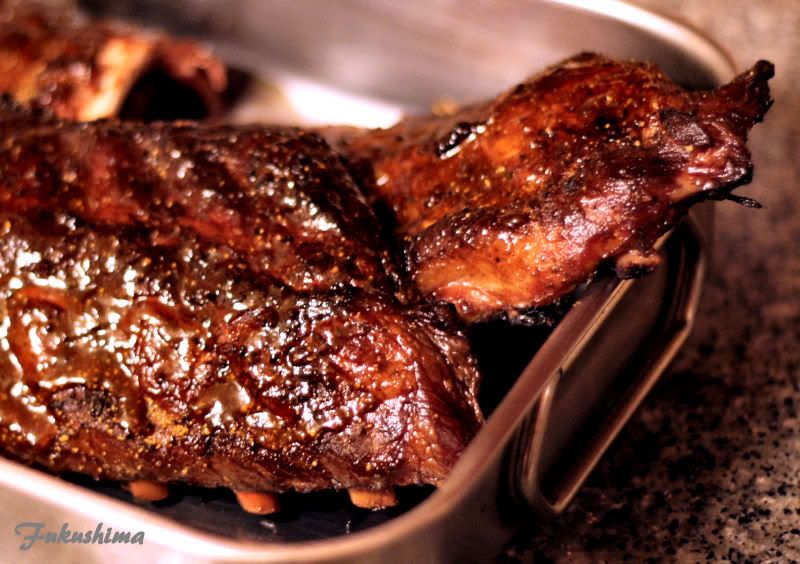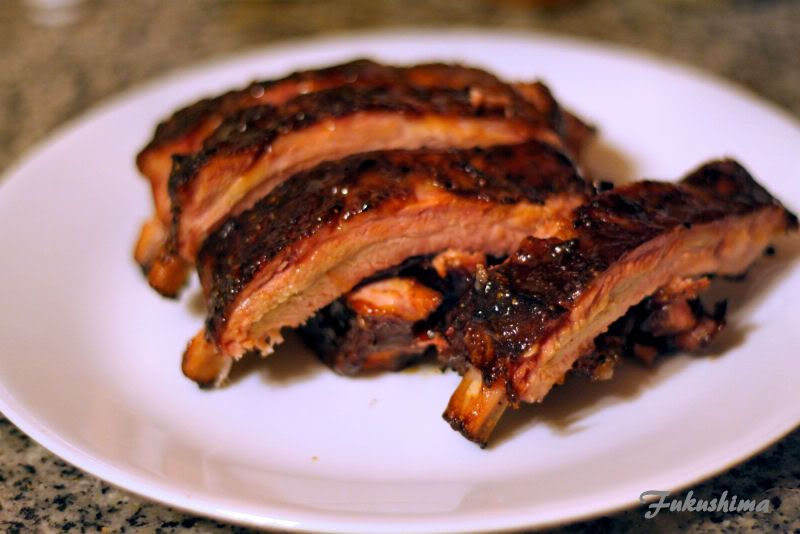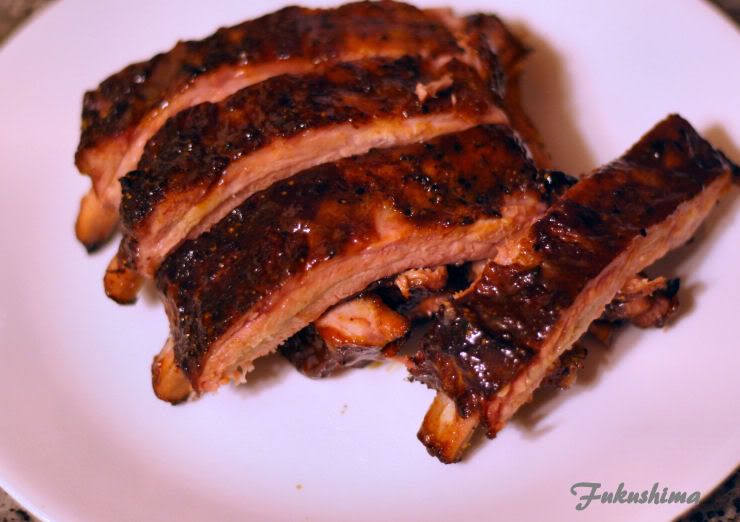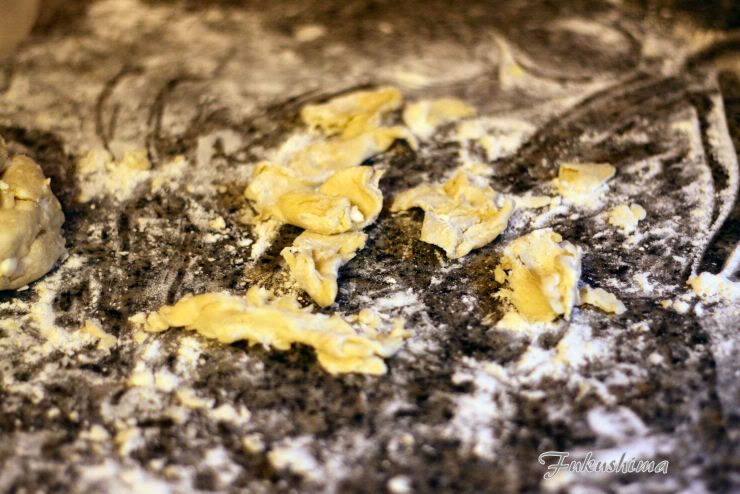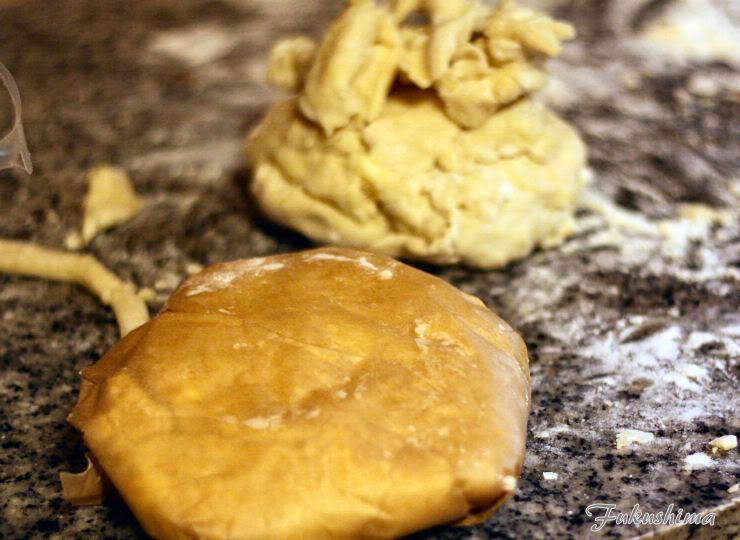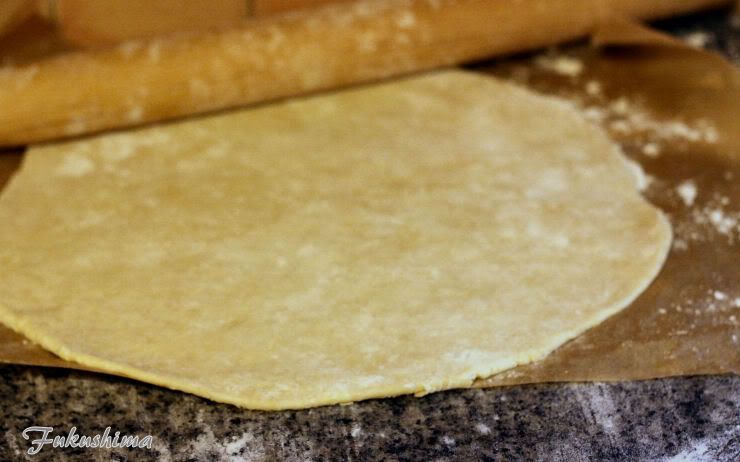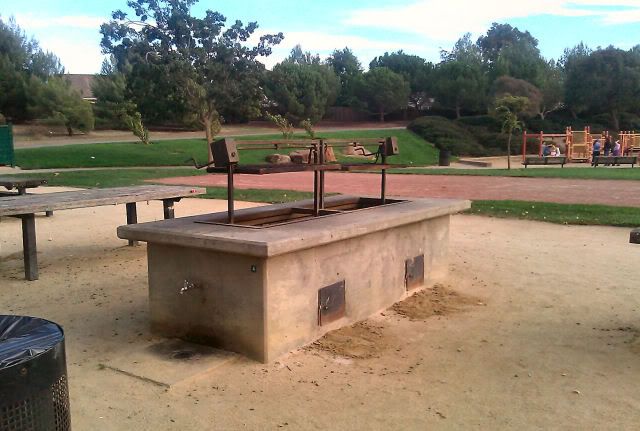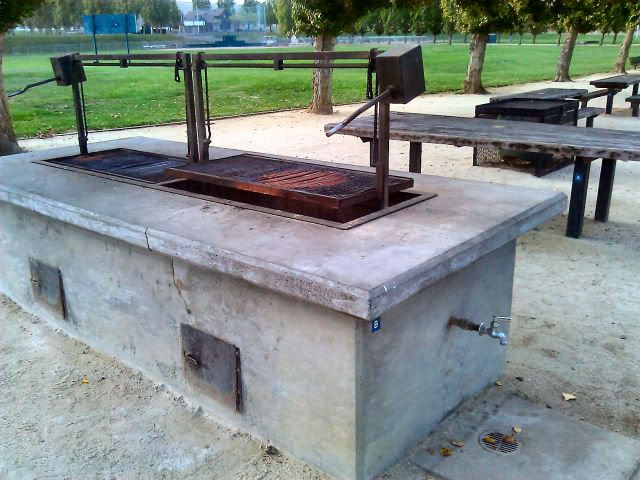It's that time of the month again, The Four Ingredient Challenge, wherein, I cook a meal using ingredients that I would never use together to make a meal. This month the ingredients are:
Tofu
Melon
Peas
Potatoes
I was not really sure where I was going to take all of this, but, I recently had gone out on a fabulous night to a restaurant named Millenium, in San Francisco, which featured smoked tofu that had a texture and flavor I have not been personally able to recreate, thinking it might be the tofu itself, I decided to buy a Vegan tofu product that was presmoked, one that is common to the type of folks that might eat at a luxurious Vegan restuarant.
Since we are talking ingredients, here are the main players, I found a terrific smelling cantaloupe, which I hope means ripe and sweet, some Organic Yukon Gold potatoes, organic onion and garlic, the aforementioned smoked tofu, frozen peas and a few supporting players, as usual, the Red Boat fish sauce will be along for the ride.
I made two spice blends, both based on a blend of Madras curry powder and a version of Japanese curry powder. In light of the melon and peas, I think a the Japanese curry powder will support the sweet flavors a little more. There is lime powder, dry mustard and chile powder in both, with the potato spice also receiving some dried thyme, which goes great with potatoes. I will also add some of the curry spice mix to the peas.
As to the peas, they were dresses with 1/8 cup of Arbequina olive oil, a splash of cider vinegar and a drizzle of palm syrup. Then one clove of garlic split, kosher salt and some water was added. These were then allowed to sit as the peas thawed. Then a little puree and strain action, and pea sauce is achieved.
Potatoes were sliced, coated with olive oil and spice blend, salted with kosher salt and given a drizzle of fish sauce. Sliced onion and a little bit of fresh garlic was added to bridge some of the flavors. This was all done in a hobo pack to get some cooking and caramelization on the kettle.
I think one of the things I liked about the Millenium dish was the texure of the tofu in small dice, it almost took on a feel of ham chunks. A sort of hobo ragout was my solution. A mixture of carrots, fresh cranberry beans, zuchinni, shiitake, onions, garlic and a drizzle of the olive oil, a splash or two of Red Boat fish sauce and some Phu Quoc black pepper along with the curry seasoning. Since there was to be something of a potato galette to serve over, there didn't seem to be a need for any starch in the 'ragout'.

On to the melon, I could just serve this as melon, or grill it and call it done, but, I really like the idea for these challenges to be integrating the elements in some manner that makes them truly interesting. And I could have gone the savory Asian melon route, but, too easy for me to do that. So, integrating a sweet fragrant melon into a smoked and curried dish it shall be. I decided on a brandied melon 'relish'; essentially heating up 1/2 cup of brandy, adding in some finely diced onion and then cooling it. I added the diced melon and gave it a vigorous stir to combine and then chilled while the hobo packs cook.
I really need to stop plating stuff and just dump it on the plate, I swear it would look better if I just did that. It looked a lot better before I messed around with the pea oil sauce. The brandied melons really worked great with the slightly herbal pea sauce and the smoked tofu ragout was just the right texture and flavor. Here is the better shot...note the lack of plate...
In this shot, you can see the olive oil and pea oil sauce a little more clearly, I really like the cold melon in contrast with the ragout. There are some crunchy beautifully caramlized potatoes in there as well. This is defintely going to be done again.
Larry Gaian of The BBQ Grail -
Entry Here
The BBQ Grail website was created in 2007, initially to document the author’s quest to find the perfect backyard BBQ experience. Since that time The BBQ Grail has become one of the more popular BBQ blogs on the internet and is listed on Alltop.com as one of the top BBQ blogs.
Paul Haight of No Excuses BBQ –
Entry Here
The No Excuses BBQ website was started in January of 2009 as a way to record the author’s goal of cooking outdoors at least once a week throughout the year and showing the results to the world. Somewhere along the way things got out of control…
Chris Grove of Nibble Me This -
Entry Here
Nibble Me This is Chris Grove’s blog about his misadventures in live fire cooking. ”I have no culinary training….I’m just entertaining myself with fire and food”.
Marc Van Der Wouw of Grill Adventures -
Entry Here
Grilladventures by broadcastmarc is started on march of 2010.I started the BBQ thing when I was 30,before that we eat a lot outside.have fun,but when the kids came in our life We start serious cooking.Most of it is realy healthy I think;-)The grill has a special place in my heart,We love to do things outside..Everything I make is an adventure,and sometimes we use the books.We try to grill as much as we can year round.
Jerry Russel of Cooking by the Seat of my Pants -
Entry Here
Cooking by the seat of my Pants began life as a way to document our culinary misadventures. Since then it has become our way to encourage people to cook without boundaries or recipes. To just get in the kitchen and cook something from the heart.
Better Recipes “The Daily Dish” -
Entry Here
Kristina has been writing “The Daily Dish” for www.BetterRecipes.com for the past two years. The blog covers a wide variety of recipes, but firing up the grill truly lights up her passion for food! She was named “America’s Next Pork Personality” by Guy Fieri for one of her grilled pork dishes, won the outdoor grilling division of the National Beef Cook-Off, and her winning grilled lamb-burger took her all the way to the land Down Under with Meat and Livestock Australia. The “4-Ingredient Challenge” is a fun and exciting way to get creative on the grill!
Livefire cooking is about taking ordinary cooking and adding the flavor of fire to it, whether in high heat grilling, low heat smoking or indirect heat for baking. It’s about taking the primitive element of fire and harnessing it to make great food.

